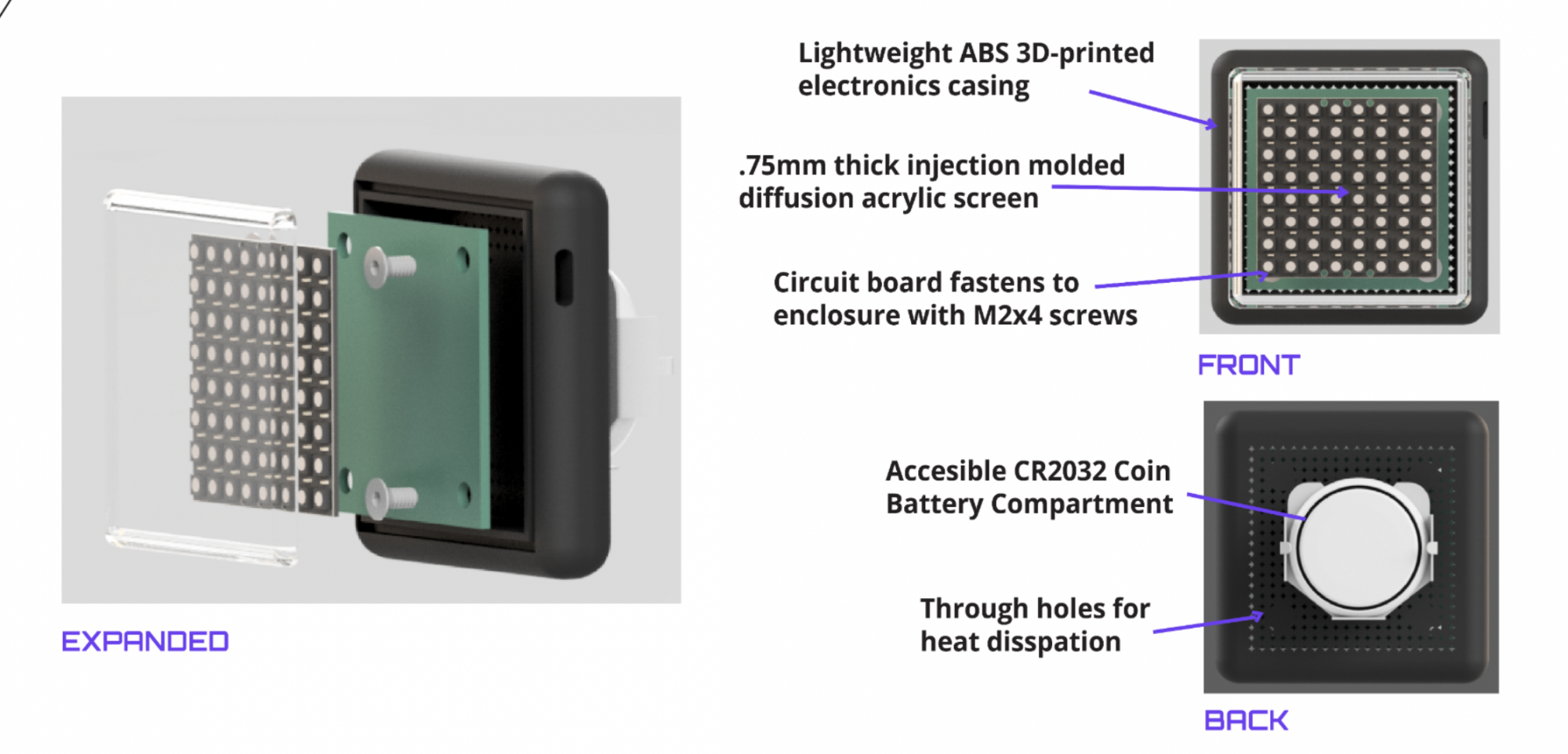What did you personally accomplish this week on the project? Give files or photos that demonstrate your progress. Prove to the reader that you put sufficient effort into the project over the course of the week (12+ hours).
During this week, I focused my time on two objectives: preparing the proposal presentation and handling the parts for our project. After submitting the presentation material last Sunday, I prepared during the week leading up to the presentation on Wednesday. To prepare, I familiarized myself with all the concerns relating to the execution of our project and researched our implementation strategies to better be able to answer any questions that were asked of me.
After the presentation, I was able to submit our parts for order and I began going through the datasheets for each of the major components (primarily the microcontroller and the two screens: the LED matrix and the LCD). I also began familiarizing myself with the frameworks for connectivity protocols in iOS and researching other projects using the Swift Core Bluetooth (BLE) framework. Additionally, while waiting for the parts to arrive, I began researching manufacturing options for the physical casing of the earring and the electrical components. I’ve looked into SLA printing for some of the internal structure compoments, since the material options for SLA printing are far less heavy and heat conductive, and metal 3D printing (ideally 316L stainless surgical-grade steel) manufacturing companies. Finally, I read up on the specific capabilities of DotStar LEDs. We were intially thinking to build our MVP with a NeoPixel LED matrix component, but after some searching, we found the form factor of the DotStar LED matrix we selected better suited our interests. Dotstars have much faster data rates than NeoPixels, which expands our pattern options to involve movement.
Is your progress on schedule or behind? If you are behind, what actions will be taken to catch up to the project schedule?
According to the plan set out in our Gantt chart, I am currently on schedule.
What deliverables do you hope to complete in the next week?
In the next week, I hope to begin developing preliminary hardware designs (block diagrams, drawings preceding CAD for the earring casing) while waiting on the parts to arrive. Once the parts arrive, I intend to start building test circuits immediately and learning to invoke basic functionalities in isolated testing.
